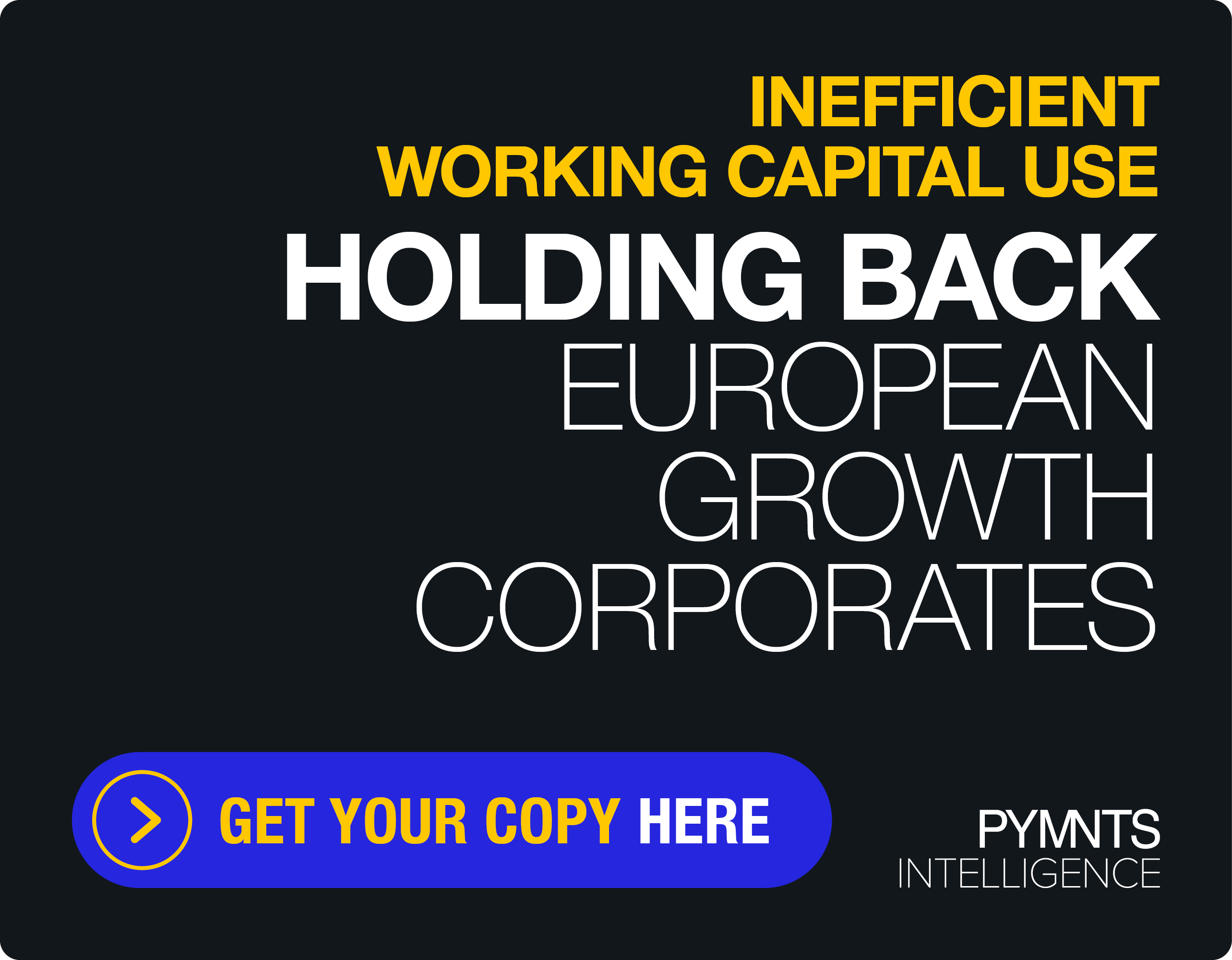Why P2P Could Soon Play A Leading Role In Middle East FinTech

When it comes to lending — to say nothing of the wider world of payments — innovation and disruption have been on the rise in recent years thanks to digital and mobile technology, along with online marketplace models. That doesn’t mean it’s been easy. So-called peer-to-peer (P2P) lending has certainly faced challenges in certain markets.
But in a new PYMNTS interview on Tuesday (Dec. 10), Craig Moore, CEO of business financing platform Beehive, not only made the case for more P2P lending in the Middle East (the company is based in the United Arab Emirates), but also gave a larger view of the FinTech situation in that region as a new decade dawns.
Since launching its SME and P2P lending services — the latter involves investors found online who take part in the financing programs in hopes of healthy returns — the situation in the region has been, as Moore put it, challenging. That’s in large part due to declining oil prices at certain points. But that’s not all. “We had to deal with credit and trust issues very quickly,” he said, echoing other FinTech leaders and entrepreneurs who operate in the Middle East and in the Gulf countries. “We had to place customers with investors.”
More Focus on P2P Lending
The PYMNTS discussion took place amid an increasing focus on alternative, digitally backed business lending platforms, including P2P offerings. Regulators the world over are beginning to take a closer look at the alternative and marketplace lending business model. An explosion of FinTechs looking to fill the gaps left across under-banked and under-financed populations — including, in many markets, small businesses — has watchdogs exploring how to promote financial inclusion and access to capital while maintaining borrower protection.
The current regulatory climate remains in its relative infancy for this industry, so marketplace lenders are not only tasked with maintaining compliance, but are diligently tracking the regulatory landscape to forecast new and changing rules.
The U.K. offers a recent example of how those P2P lending trends are playing out, and the challenges some operators might face down the road. In fact, the U.K.’s P2P lenders are hoping that tighter regulations recently imposed by the country’s Financial Conduct Authority (FCA) can help restore the sector’s damaged reputation.
Despite lending £6.7 billion (more than $8.5 billion USD) over the past 12 months, the country’s P2P sector has been hit with a number of issues, including the collapse of Lendy and the withdrawal of BondMason. In addition, the market became more hostile after the FCA set new rules to limit marketing, boost governance and credit underwriting, and force lenders to prepare for failure.
Back in the Middle East, Beehive is the first crowdfunding FinTech in the UAE, and is regulated by the Dubai Financial Services Authority (DFSA). Crowdfunding and electronic P2P lending is a newer concept in the Middle East and North Africa (MENA) region, and Beehive is the first regulated online marketplace for P2P lending in the MENA region. Of course, Islamic banking mandates sharia compliance, which necessitates additional considerations for FinTechs in the region. Beehive bills itself as the world’s first sharia-compliant P2P platform, a move that typically requires the input and approval from an outside certification board focused on the connections between religious law and modern finance.
“We haven’t reinvented sharia finance, but we are the first to bring that concept to the P2P financial world,” Moore told PYMNTS, adding that the offerings from Beehive in the region could spark imitators or influence other operations.
Islamic Finance Growth
The world of Islamic finance is growing, and with it, the region’s FinTech strength. According to estimate, via Reuters, the market’s size increased 11 percent year over year in 2017 and “is set to sustain double-digit growth buoyed by capital market products and the adoption of financial technology.” Other reports also document similar growth and opportunity, even while pointing out potential problems with growth rates in the region’s banks, among other issues.
No matter what, FinTech seems a very good bet in this region of the world. As PYMNTS has covered, efforts in the Middle East by banks and other FIs to embrace FinTech are on the rise. As reported by Daily News Egypt, a consortium of banks in the region expects a number of FIs, including those in Egypt, to embrace FinTech. The Union of Arab Banks (UAB) has said in a study that such a move would change the way Arab banks provide financial services.
During his conversation with PYMNTS, Moore was bullish on the growth of the region’s FinTechs. In fact, he said he expected much more FinTech collaboration than competition as the region’s financial services and payments offerings continue to develop. If so, you can bet that P2P lending will play a significant role in that progress.
